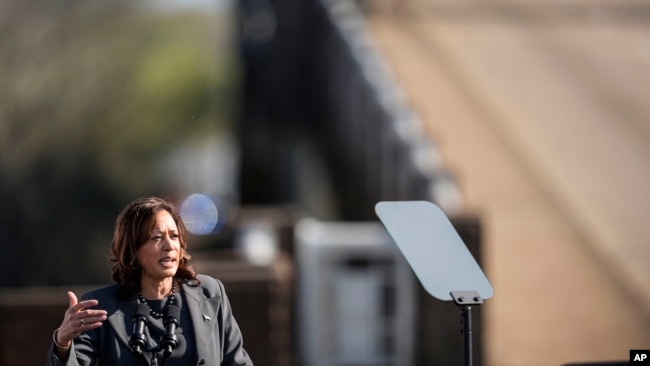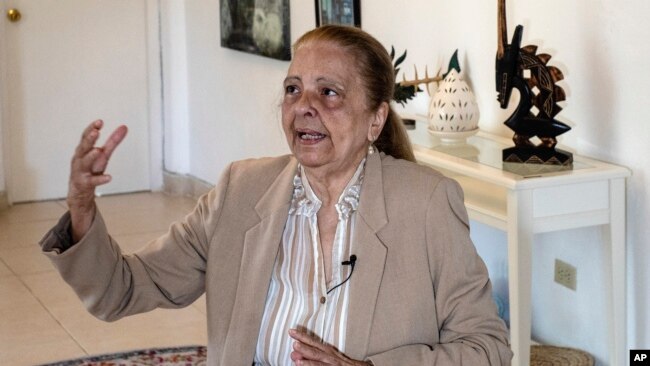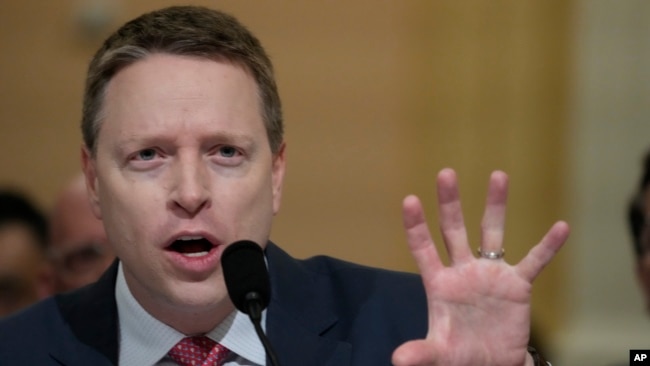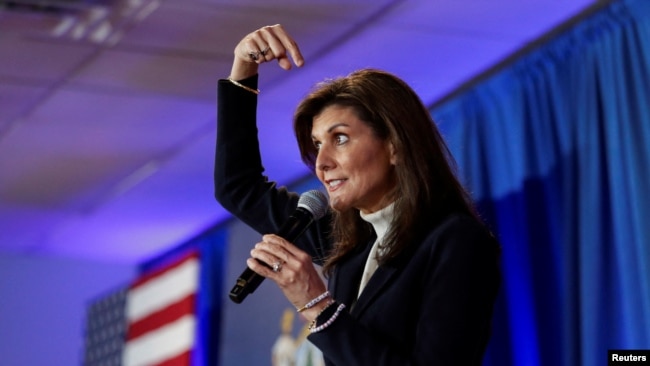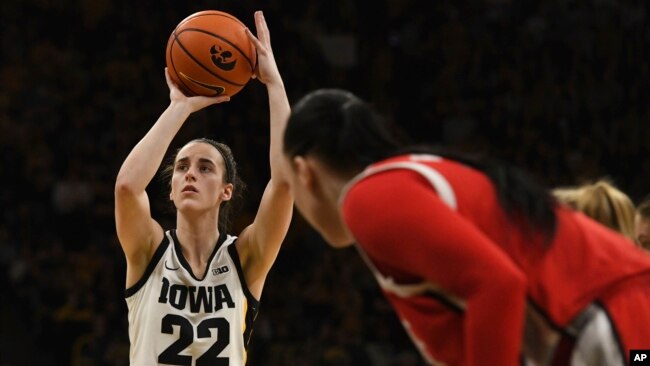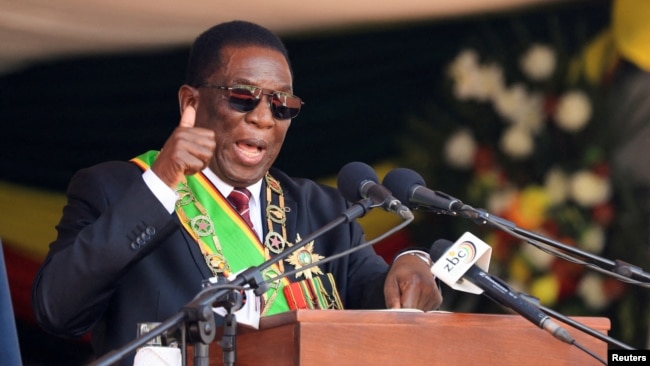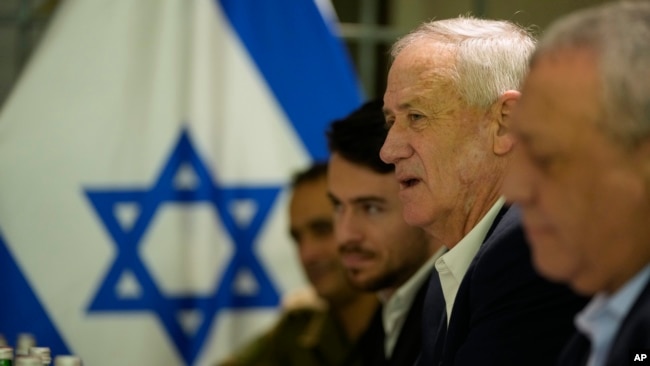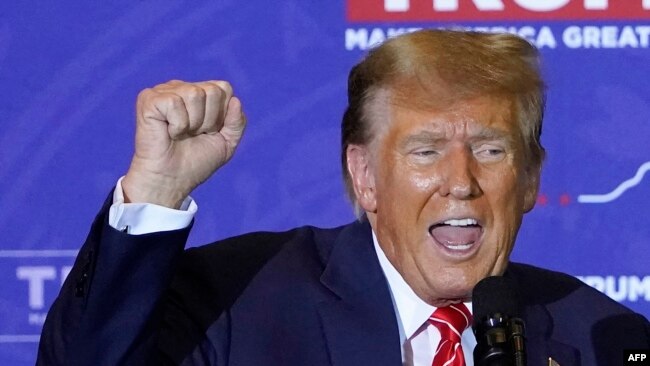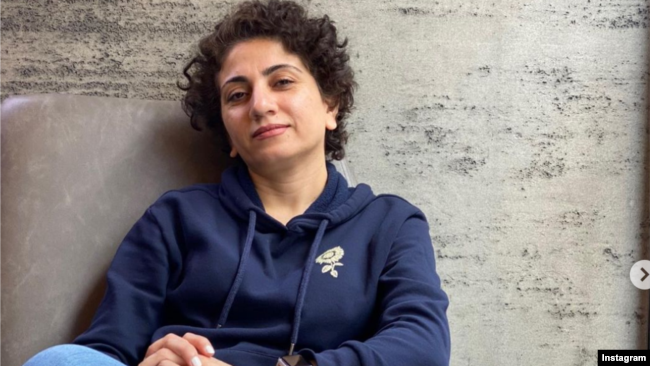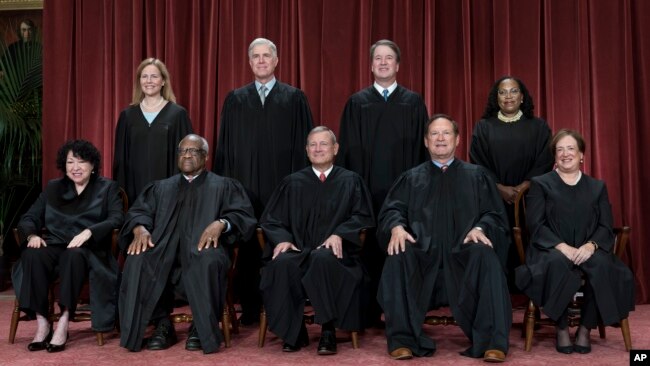뉴욕 박물관 홀을 개조하여 원주민의 관점을 보여줍니다.
Renovated NYC Museum Hall Showcases Indigenous Perspectives
페이지 정보
작성자 Associated Press 작성일 22-05-15 03:23 댓글 0본문
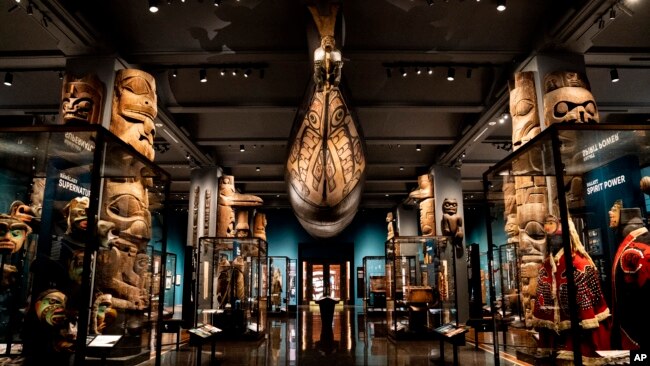
2022년 5월 10일, 이 사진에서 뉴욕 미국 자연사 박물관의 노스웨스트 코스트 홀이 보입니다.
The Northwest Coast Hall at the American Museum of Natural History in New York is seen in this May 10, 2022, photo.
미국 자연사 박물관을 처음 방문했을 때, 모건 게린은 목록을 가지고 있었습니다. 하지만 그가 확인하고 싶었던 것은 아니었죠. 그가 싫어하는 것들의 목록이었죠.
In his first visit to the American Museum of Natural History, Morgan Guerin had a list. Not of things he wanted to check out, though — a list of things that he hated.
그것은 박물관의 노스웨스트 코스트 홀에서 공개적으로 전시하기 위한 것이 아닌 신성한 물건인 그의 머스컴 인디언 밴드에서 특정 레갈리아를 보는 것으로 시작되었습니다.
It started with seeing certain regalia from his Musqueam Indian Band — sacred objects not intended for public display — in the museum's Northwest Coast Hall.
이건 그냥 방문이 아니었어요. 게린은 2017년 박물관 초청으로 원주민의 관점을 통합한 홀을 개조하는 프로젝트의 시작을 위해 그곳에 있었습니다. 그와 태평양 북서부와 캐나다 서부의 다른 원주민 공동체 대표들에게, 금요일 대중에게 재개장한 노스웨스트 코스트 홀의 5년 동안 1,900만 달러(약 1,900억 원)의 보수 공사는 그들의 이야기를 직접 할 수 있는 기회였습니다.
This wasn't just any visit. Guerin was there at the museum's invitation in 2017 for the start of a project to renovate the hall, incorporating Indigenous perspectives. For him and representatives of other Indigenous communities in the Pacific Northwest and western Canada, the 5-year, $19-million renovation of the Northwest Coast Hall, which reopened to the public Friday, was an opportunity to tell their stories themselves.
"우리 국민들은 '연구받는 것'에 매우 지쳐 있습니다. 왜냐하면 우리가 누구인가에 대한 잘못된 인식은 항상 외부 공동체의 몰락이었기 때문입니다."라고 그가 말했습니다. "우리는 항상 사람들에게 우리가 누구인지 말할 준비가 되어 있습니다."
"Our people are very, very tired of being 'studied,' because the misconception of who we are has always been the outside community's downfall," he said. "We have always been here, ready to tell people who we are."
이 홀은 캐나다 북서부와 서부 해안 지역의 원주민 문화에 깊은 관심을 가졌던 인류학자 프란츠 보아스의 후원으로 1899년에 개관한 이 박물관의 첫 번째 갤러리입니다. 보아스는 또한 당시 혁명적인 아이디어였던 다른 문화들을 어떤 비교적인 규모가 아닌 그들 자신의 권리로 보아야 한다는 것에 대한 지지자였습니다.
The hall was the museum's first gallery, opened in 1899 under the auspices of Franz Boas, an anthropologist who was deeply interested in the Indigenous cultures of the Northwest and western coastal Canada. Boas was also a proponent of what was then a revolutionary idea that different cultures should be looked at in their own right and not on some kind of comparative scale.
그러나 1900년대 초반부터 거의 변화가 없었습니다. 박물관 관계자들이 보수할 때라고 결정했을 때, 그들은 문화를 전시하고 있는 사람들의 의견 없이는 할 수 없다는 것을 알았습니다.
It had largely remained unchanged, though, since the early 1900s. When museum officials decided it was time to renovate, they knew they couldn't do it without input from the people whose cultures are on display.
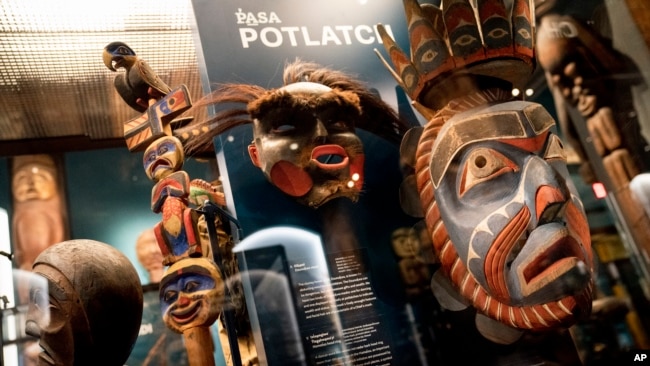
북미의 북서 해안에서 온 공예품, 디오라마, 그리고 북미 원주민 문화의 표현들은 2022년 5월 10일 뉴욕의 미국 자연사 박물관에 전시되어 있습니다.
Artifacts, dioramas, and representations of Native American culture from the northwest coast of North America are displayed, May 10, 2022, at the American Museum of Natural History in New York.
우리가 한 많은 일은 이 역사적인 컬렉션을 21세기로 가져오려고 노력했고, 그것은 이 모든 지역사회와 국가에서 적극적인 목소리로 새로운 이야기를 들려주는 것입니다," 라고 전시의 부사장인 Lauri Halderman이 말했습니다.
"A lot of what we did was trying to bring this historic collection to the 21st century, and that's by telling new stories with active voices in all of these communities and nations," said Lauri Halderman, vice president for exhibition.
그 박물관은 태평양 북서부 10개 부족국가들의 전시를 위해 그 갤러리가 무엇을 포함해야 하는지 그리고 그것이 어떻게 보여져야 하는지에 대해 이야기하기 위해 원주민 커뮤니티의 대표들을 모았습니다.
The museum brought together the representatives of the Indigenous communities to talk about what the gallery should contain and what it should look like for the showcase of 10 Pacific Northwest tribal nations.
그것은 간단한 과정이 아니었습니다. 대유행의 영향으로 인해 직접 협력하는 것이 아니라 원격 협력으로 인해 더더욱 그렇게 되지 않았습니다.
It wasn't a simple process, made even less so by the impact of the pandemic with its forcing of remote instead of in-person collaborations.
그 홀에는 박물관에 가 본 사람이라면 누구나 기억할 만한 상징적인 작품 몇 개가 포함되어 있습니다. 그 중에는 홀 밖에 수십 년 동안 놓여져 있었지만 지금은 천장에 반입되어 매달려 있는 63피트 길이의 거대한 카누와 몇 개의 거대한 조각품도 포함되어 있습니다. 그러나 새로운 전시품에는 영어와 원주민 언어로 된 텍스트가 함께 제공되며, 젊은 원주민 예술가들이 이전 세대의 모티브와 디자인을 어떻게 사용하고 있는지를 보여주는 갤러리 섹션이 포함되어 있습니다.
The hall includes some iconic pieces that anyone who has been to the museum will remember - including a massive 63-foot-long canoe that for decades was placed outside the hall but has now been brought in and suspended from the ceiling as well as several giant carvings. But its new exhibit, items are accompanied by text in both English and Indigenous languages and includes a gallery section showing how younger Indigenous artists are using motifs and designs from prior generations.

또한 박물관이 이런 수집품들을 소장하고, 이런 이야기들을 들려주려고 애당초 노력해야 하는지에 대한 근본적인 의문도 있었고, 지금도 계속되고 있습니다. 절도와 식민지화가 그것들을 건축하는 데 있어 어떤 역할을 해왔는지, 그리고 원주민 공동체가 어떤 대우를 받았는지를 고려한다면 말이죠.
There was also, and continues to be, the fundamental question of whether museums should be holding these collections and trying to tell these stories in the first place, given the role that theft and colonialization has played in building them, and the way Indigenous communities have been treated.
박물관들은 "매우 비싼 것으로 기능하는 것 같습니다. 그리고 미국 자연사 박물관의 경우, 아마도 세계에서 가장 비싼 트로피 케이스일 것입니다"라고 Huupa의 Chez-sath-hhḥ의 Taiishtaamaml That-hhhh,의 공동 큐레이터인 Ha'yuups는 말했습니다.
Museums "seem to function as very expensive, and in the case of the American Museum of Natural History, maybe the most expensive, trophy cases in the world," said Haa'yuups, co-curator of the hall, who is Head of the House of Taḳiishtaḳamlthat-ḥ, of the Huupa'chesat-ḥ First Nation.
그는 "그들은 그들에 대한 메타언어나 메타메시지를 가지고 있는 것 같습니다. 우리는 강력하지 않나요? 우리는 나가서 세계를 지배하지 않습니까?'
He said, "They seem to have a meta language about them or a meta message, 'Aren't we powerful? Don't we go forth and dominate the world?'"

그는 자신의 참여를 사람들이 전시된 물건들이 그들이 온 사람들과 함께 함으로써 더 나은 서비스를 받을 수 있을지에 대해 생각하게 만드는, 변화를 촉진하는 방법으로 보았습니다.
He saw his involvement as a way to help spur a difference, to get people thinking about whether the items on display would be better served by being with the people they came from.
"물건과 무관한 많은 사람들이 물건을 관리하는데 일생을 바치게 하는 것이 말이 됩니까?" 그는 말씀했어요. "아니면, 그 보물들을 그들이 온 지역 사회에 되돌려 보내는 것이 말이 됩니까?"
"Does it make sense to have a bunch of people who have nothing to do with objects, to have them spend their lives managing them?" he said. "Or does it make sense to send those treasures back to the communities where they come from?"
그것은 박물관이 가지고 있고 계속해서 싸우고 있는 이슈입니다, 라고 북미 민족학 큐레이터인 피터 화이트리가 말했습니다. 그는 수년 동안 유물을 본국으로 송환해 온 이 기관이 보수 과정을 통해 일부 추가적인 제한적인 본국 송환을 할 의향이 있으며 박물관과 원주민 부족 간의 더 큰 협력을 발전시킬 의향이 있다고 판단했다고 말했습니다.
It's an issue the museum has and is continuing to grapple with, said Peter Whiteley, curator of North American ethnology. He said the institution, which has repatriated items over the years, had decided through the renovation process that it was willing to do some additional limited repatriation and develop greater collaboration between the museum and the native tribes.
더 깊은 질문에도 불구하고, 원주민 국가들과 박물관 직원들 모두 그 과정에 참여한 사람들은 그것이 협업에 있어서 무엇이 가능한지를 보여주고 원주민의 목소리를 듣는다는 측면에서 가치 있는 것이라고 말했습니다.
Deeper questions notwithstanding, those who took part in the process, both from the Indigenous nations and the museum staff, said it was a valuable one in terms of showing what is possible in terms of collaboration and listening to Indigenous voices.
"이것의 가장 좋은 점은 다른 원주민 부족의 컨설턴트들의 결과입니다."라고 침시 부족의 대표인 데이비드 박슬리가 말했습니다. "이것은 우리의 목소리라는 것입니다."
"The best thing about this, the result of these consultants from the different native tribes," said David Boxley, representing the Tsimshian tribe, "is that it's our voice speaking."
출처 : VOANews
댓글목록 0
등록된 댓글이 없습니다.


